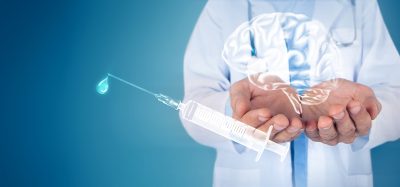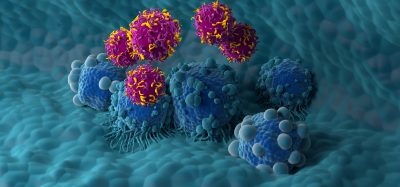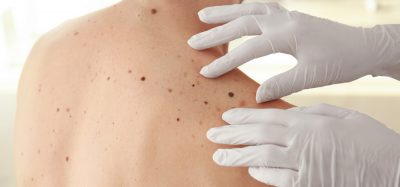Therapies targeting AhRs and IDO1 could combat COVID-19, paper says
Posted: 30 June 2020 | Victoria Rees (Drug Target Review) | No comments yet
Researchers have hypothesised that treatments targeting the downregulation of AhRs and IDO1 genes could reduce severity of COVID-19 infection.
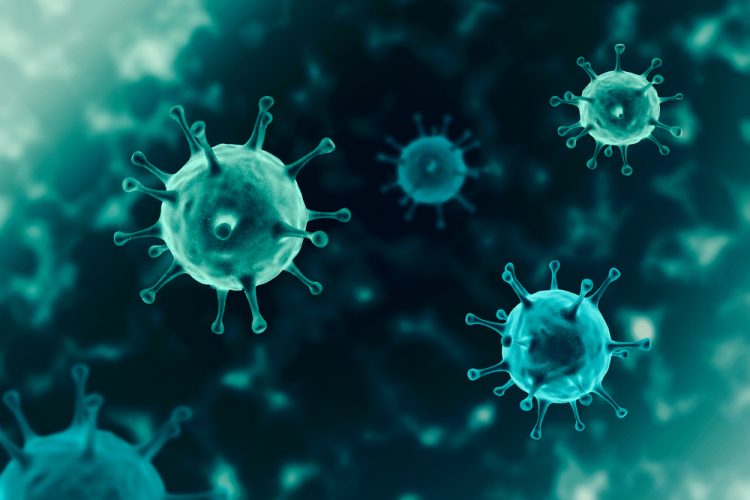

A new study has revealed how excessive activation of the only intracellular genetic target that SARS-CoV-2 attacks, aryl hydrocarbon receptors (AhRs) via the IDO1-kynurenine-AhR signalling pathway, leads to Systemic AhR Activation Syndrome (SAAS). The authors hypothesise that therapies targeting downregulation of AhRs and IDO1 genes should therefore decrease severity of COVID-19 infection.
The study was led by researchers at Medical University in Lublin, Poland. According to the authors of the study, SAAS underlies inflammation, thromboembolism and fibrosis that may lead to severe disease and death from COVID-19. When coronavirus infection persists, it activates IDO1 by massively releasing cytokines. This in turn perpetuates the already extensive viral activation of AhRs and the self-limiting control mechanisms of the host immune response may derail, triggering the cytokine storm that underlies the most severe symptoms of COVID-19.
“The SARS-CoV-2 virus is a living example of viral simplicity complicated by extreme target complexity,” explained lead author Dr Waldemar Turski, Medical University in Lublin. “Direct activation of AhRs by coronaviruses may lead to diverse sets of phenotypic disease pictures, depending on time after infection, overall state of health, hormonal balance, age, gender, comorbidities, but also diet and environmental factors modulating AhRs.”
The researchers say that many of the features and symptoms of COVID-19 may be dependent on AhR activation. They suggest that when AhRs remain activated and clinical symptoms are mild, eliminating factors known to increase AhR activation or implementing factors known to suppress AhR activation should decrease the severity of infection.
When COVID-19 is fully established and symptoms are severe, IDO1 is believed to be continuously activated in addition to the coronavirus activation of AhRs, the scientists say.
“Such a vicious cycle can only be efficiently interrupted by simultaneous downregulation of both AhR and IDO1. There is currently, however, no licensed medication specifically and simultaneously downregulating the activity of both AhR and IDO1,” said co-author Dr Les Turski, at the German Center for Neurodegenerative Diseases, Germany.
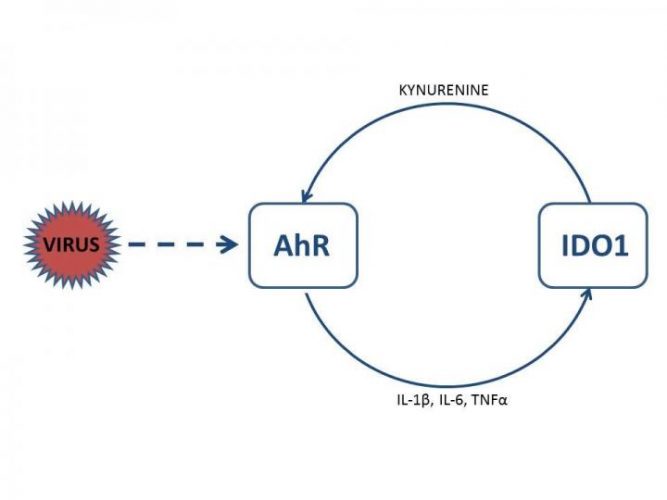

AhR activation in CoV-infected cells. CoV activate AhR by means of AhR-activating ligand independent of IDO1. Upon activation AhR translocates to the nucleus to bind to genomic DNA and to generate downstream effectors such as AhRR, CYPs, TiPARP, and cytokines. IDO1 is induced by inflammatory factors, such as TNFα and interleukins 6 (IL-6) and 1β (IL-1β). AhR also enhances its own activity through activation of IDO1-AhR-IDO1 positive feedback loop prolonging the effects of AhR activation by other pathways. Activation of IDO1 in immune cells leads to release of kynurenine, a tryptophan metabolite, which is an endogenous ligand activating AhR. Exogenous ligands binding to AhR are dioxins such as TCDD [credit: Department of Experimental and Clinical Pharmacology, Medical University in Lublin, Poland].
Co-author Dr Artur Wnorowski, at Medical University in Lublin, said: “I analysed major databases to identify chemicals that downregulate both AhR and IDO1, or AhR gene expression. I selected 596 molecules and an in-depth analysis of 23,526 experiments involving these molecules identified either a single molecule that repeatedly reduced AhR and IDO1 or AhR gene expression in human cells.”
The molecules were dexamethasone for AhR and IDO1, and calcitriol, the active form of vitamin D, which is also known to inhibit the spread of other viral infections for the AhR gene. Likewise, the researchers say that tocopherol, a form of Vitamin E, might downregulate IDO1 and is known to play a positive role in response to viral infections and inflammation in ageing.
The authors call for epidemiological studies and prospective trials to determine if calcitriol and tocopherol supplementation should be recommended for the prevention of SARS-CoV-2 infections.
“Activation of IDO1 in immune cells leads to release of kynurenine, a tryptophan metabolite, activates AhR. IDO1 was the clue that brought us to the AhR-IDO1 axis concept and exposed the role that AhR may play in the pathogenesis of COVID-19,” said Dr Waldemar Turski.
The researchers emphasise that as they are reporting on changes in gene expression only, their hypotheses need to be tested before claiming that there are benefits of any therapy in modulating the SARs-CoV-2 infection.
The study was published in Restorative Neurology and Neuroscience.
Related topics
Disease Research, Drug Development, Drug Targets, Target Molecule, Targets, Therapeutics
Related conditions
Coronavirus, Covid-19
Related organisations
German Center for Neurodegenerative Diseases, Medical University in Lublin Poland
Related people
Dr Artur Wnorowski, Dr Les Turski, Dr Waldemar Turski




